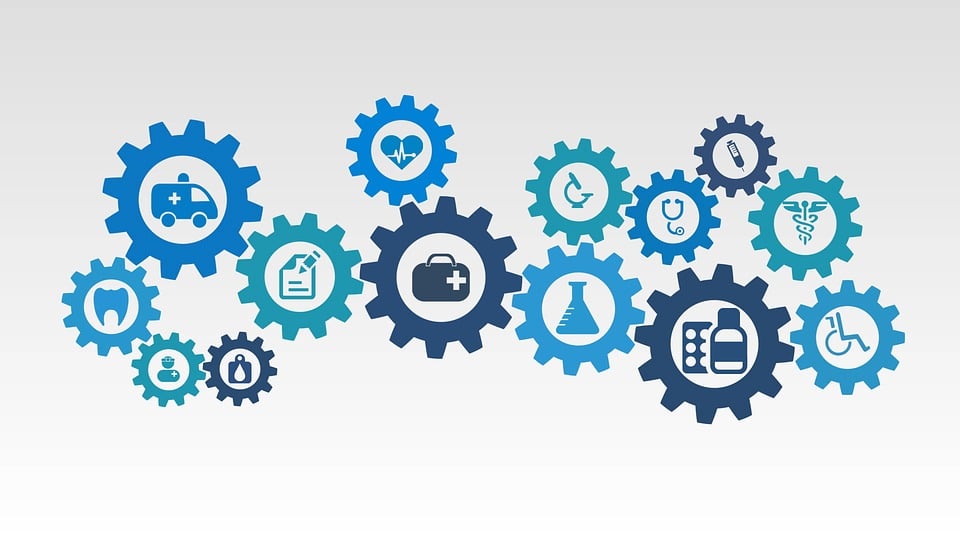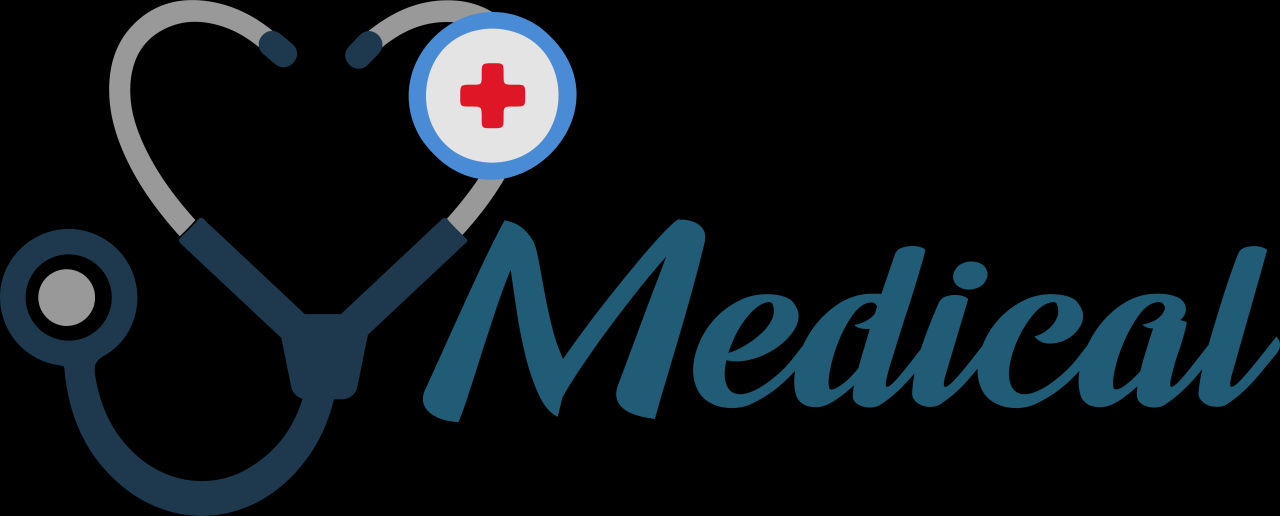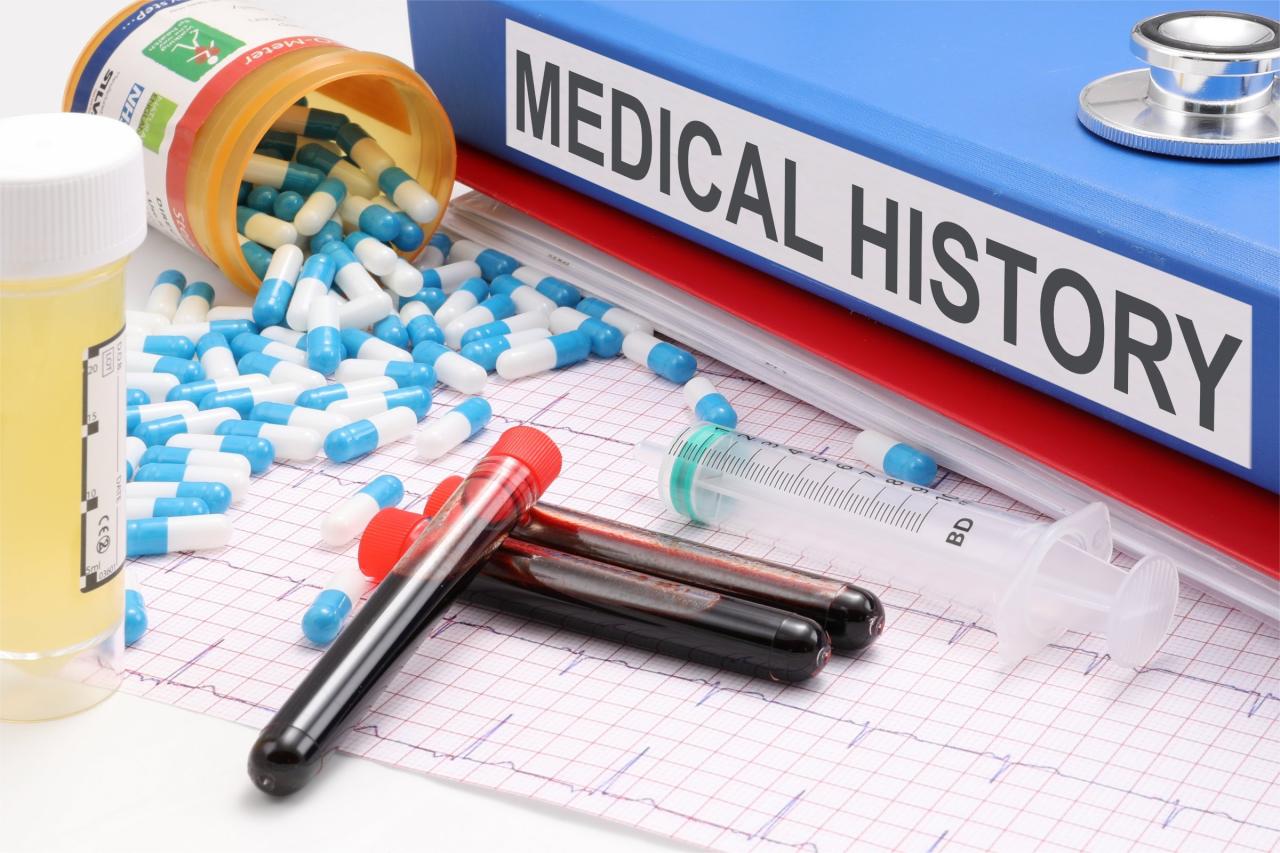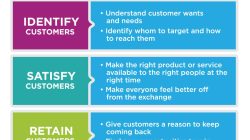Medical gas bottles are critical components in the healthcare industry, providing essential gases that support life-saving treatments. From oxygen for respiratory support to nitrous oxide for anesthesia, these bottles are integral to various medical procedures and emergency responses.
The importance of medical gas bottles stretches beyond mere storage; they are meticulously regulated to ensure safety and efficiency in delivering medical gases to patients. Their proper usage and maintenance are vital for healthcare providers to deliver optimal care.
In today’s fast-paced world, the significance of effective communication cannot be overstated. Whether in personal relationships, professional environments, or even casual interactions, the ability to convey thoughts and ideas clearly is a valuable skill. This article delves into the various facets of communication, exploring its importance, the different types of communication, barriers to effective communication, and tips to improve communication skills.
The Importance of Communication
Communication serves as the backbone of human interaction. It is the means by which we share our thoughts, emotions, and ideas. Without effective communication, misunderstandings can arise, leading to conflict and discord. In a professional setting, clear communication fosters teamwork, enhances collaboration, and boosts productivity. In personal relationships, it builds trust and strengthens connections.
Moreover, effective communication can lead to greater success in various aspects of life. Individuals who communicate well often find it easier to persuade others, negotiate effectively, and build strong networks. In contrast, poor communication can hinder opportunities and lead to frustration.
Types of Communication
Communication can be categorized into several types, each serving its unique purpose.

1. Verbal Communication
Verbal communication is the spoken exchange of ideas and information. It includes face-to-face conversations, phone calls, and presentations. The tone of voice, pitch, and pace play significant roles in how verbal communication is perceived. This form of communication is essential in conveying emotions and building rapport.
2. Nonverbal Communication
Nonverbal communication encompasses body language, facial expressions, gestures, and eye contact. It often conveys more than words themselves. For instance, a smile can indicate friendliness, while crossed arms might suggest defensiveness. Being aware of nonverbal cues can enhance understanding and connection in conversations.
3. Written Communication
Written communication includes emails, texts, reports, and other forms of writing. It allows for clarity and precision, enabling the sender to organize thoughts before sharing them. However, written communication can sometimes lack the immediate feedback that verbal communication provides, making it essential to choose words carefully.
4. Visual Communication
Visual communication uses images, graphs, charts, and videos to convey information. It is particularly effective in presenting complex data or ideas in a digestible format. Visual aids can enhance understanding and retention, making them valuable in educational and professional settings.
Barriers to Effective Communication
Despite the importance of communication, several barriers can hinder its effectiveness. Recognizing these barriers is the first step toward overcoming them.
1. Language Barriers
Language differences can create significant obstacles in communication. When individuals do not share a common language, misunderstandings can easily occur. Even among speakers of the same language, jargon and technical terms can lead to confusion.
2. Cultural Barriers
Cultural differences can influence communication styles and interpretations. What is considered polite or appropriate in one culture may be perceived differently in another. Being culturally aware and sensitive is crucial for effective communication in diverse environments.
3. Emotional Barriers
Emotions can significantly impact communication. Stress, anger, or anxiety can cloud judgment and lead to misinterpretations. It is essential to manage emotions and approach conversations with a clear mind to foster effective communication.
4. Physical Barriers
Physical distance can also pose challenges to communication. In a remote work environment, for instance, team members may struggle to share ideas and collaborate effectively. Utilizing technology such as video conferencing tools can help bridge these gaps.
Tips to Improve Communication Skills
Improving communication skills is a lifelong journey that can yield significant benefits in both personal and professional realms. Here are some practical tips to enhance your communication abilities:
1. Listen Actively
Active listening is a key component of effective communication. It involves fully concentrating on what the speaker is saying without formulating a response while they speak. Show genuine interest by nodding, maintaining eye contact, and providing feedback.
2. Be Clear and Concise
When conveying information, strive for clarity and brevity. Avoid jargon and overly complex language. Organize your thoughts logically, and focus on the main points to ensure your message is easily understood.
3. Observe Nonverbal Cues
Pay attention to nonverbal signals during conversations. Body language, facial expressions, and tone of voice can provide valuable context and insight into the speaker’s feelings and intentions. Responding to these cues can enhance the overall communication experience.
4. Adapt Your Communication Style
Flexibility in your communication style can improve interactions with others. Consider the preferences and styles of your audience. Some individuals may respond better to a more formal approach, while others may prefer a casual conversation. Tailoring your style can help build rapport.
5. Practice Empathy
Empathy involves understanding and acknowledging the feelings and perspectives of others. By putting yourself in someone else’s shoes, you can enhance your communication skills and foster deeper connections. This is particularly important in resolving conflicts and fostering understanding.
The Role of Technology in Communication
In recent years, technology has transformed the way we communicate. With the rise of digital communication platforms, individuals can connect with others across the globe instantaneously. Email, social media, and messaging apps have made it easier to share information and collaborate with team members, regardless of location.
However, while technology offers convenience, it also presents new challenges. The lack of face-to-face interactions can lead to misunderstandings, and the informal nature of digital communication may result in misinterpretations. Striking a balance between digital and in-person communication is essential for maintaining effective interactions.
Conclusion
Effective communication is a fundamental skill that can significantly impact our relationships, careers, and overall quality of life. By understanding the various types of communication, recognizing barriers, and actively working to improve our skills, we can foster more meaningful connections with others. In an increasingly interconnected world, the importance of honing communication skills will only continue to grow, making it a worthwhile investment for anyone seeking personal and professional success.
Commonly Asked Questions
What types of gases are typically stored in medical gas bottles?
Common gases include oxygen, nitrogen, nitrous oxide, and carbon dioxide, each serving specific medical purposes.
How often should medical gas bottles be inspected?
Medical gas bottles should be inspected regularly, typically every six months, to ensure safety and compliance with regulations.

What safety measures should be taken when using medical gas bottles?

Always follow manufacturer guidelines, ensure proper storage, use protective gear, and regularly check for leaks or damages.
Can medical gas bottles be reused?
Yes, but they must be thoroughly cleaned and checked for integrity before being refilled or reused.
What should you do if a medical gas bottle is leaking?
Evacuate the area, ensure ventilation, and contact emergency services or a qualified professional to handle the situation immediately.











